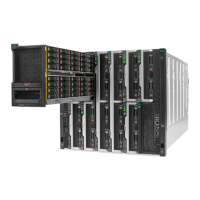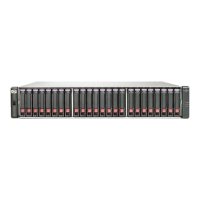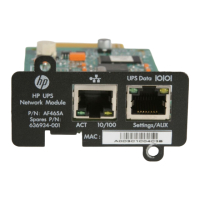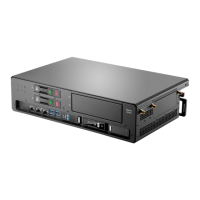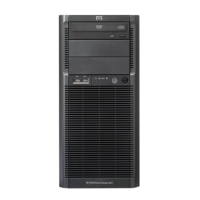Operations 31
Displaying CLI access character information
Issue a Show Server CLI command.
show server cli
See “Show Server CLI command.”
Ending your device sessions
Enter CLI mode and issue a Quit command.
-or-
If you initiated the device session with a Connect command, enter CLI mode and issue a Disconnect command.
-or-
Allow the port to time-out from inactivity. In this case, a notification message is issued, and the serial CLI session
returns to CLI mode. This timeout might occur while you are in CLI mode.
-or-
For modem connections, if a carrier drop occurs, the serial CLI session is automatically logged off.
If you end a shared session and you were the session originator, the next user sharing the session becomes the
session originator.
See “Quit command” and “Disconnect command.”
Ending user device sessions
Issue a User Logout command, specifying the name of the user to be logged out.
A message is sent, and the connection is dropped.
If you are logged out by another user during a shared session and you are the session originator, all the sessions that
share with you will also be logged out.
See “User Logout command” and “Session sharing.”
Session time-out
The SCS monitors data traffic when you are connected to an attached serial device. You can specify a time-out value
with the Server CLI command. You and also specify a time-out value for each port with the Port Set command.
The value indicates the number of idle minutes the SCS will wait before dropping a connection to that port. When a
port set time out value is omitted or set to zero, the port will use the value specified in the Server CLI command. To
completely disable port time outs, the Server CLI time-out and Port Set time-out values must be zero.
Managing user accounts
The SCS user database can store information for up to 64 user accounts.
Adding a user
Issue a User Add command.
user add <username> [password=<pwd>] [sshkey=<keyfile>] [ftpip=<ftpadd>]
[key=<sshkey>] [access=<access>] [group=<group1>[,<group2>...]]
You must specify a user name. You must also specify a password, SSH user key information, or both. You can also
include an access level or access rights, plus up to 16 port group names. See “Using SSH,” “Access rights and
levels,” “User Add command,” and “Port groups.”

